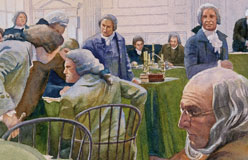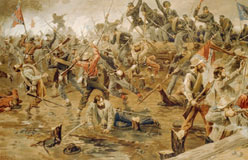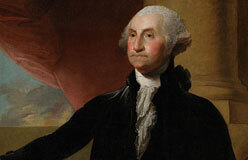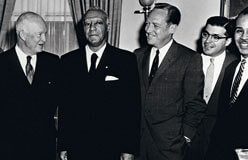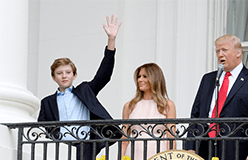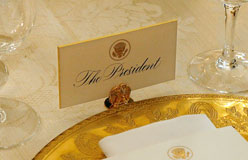The Constitution says that to run for president a person must be a natural-born citizen of the U.S., have lived in the U.S. for at least 14 years, and be 35 years or older. The Constitution also says that the president and vice president shall be chosen by electors selected by the states.
Each state gets the same number of electors as it has members of Congress. The entire group of electors is called the Electoral College. Why did the framers of the Constitution do this? They did not want to put too much power directly into the hands of ordinary people.
